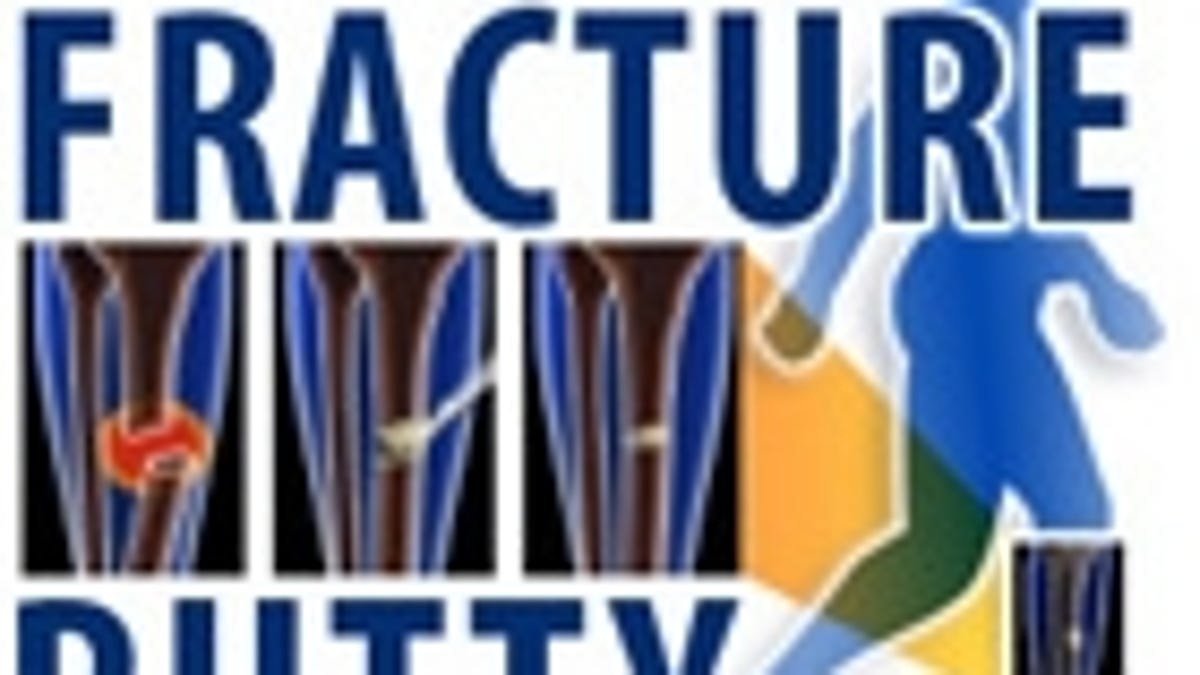'Bone putty' holds it together
'Fracture putty' may replace screws, plates, and rods to repair broken legs.

An all star research team is developing a putty-like material to help regenerate shattered bones, a technology that could allow soldiers to avoid amputation and quickly regain full use of badly broken legs.
'Fracture putty' is a biocompatible compound designed to be packed in and around non-union fractures. It provides a load-bearing, osteoconductive, bone-like structure to give regenerative growth a chance. Then, once the bone heals, the putty degrades into harmless, absorbable by-products.
"The fracture putty will serve as a bioactive scaffold and will be able to substitute for the damaged bone," said principal researcher Mauro Ferrari. "At the same time, the putty will facilitate the formation of natural bone and self-healing in the surrounding soft tissue through the attraction of the patient's own stem cells. The putty will have the texture of modeling clay so that it can be molded in any shape in order to be used in many different surgical applications, including the reconnection of separated bones and the replacement of missing bones."
Traumatic, compound bone fractures are very difficult to treat on the battlefield, often requiring multiple surgeries with bone screws, plates, and rods to cobble together grafts with healthy bone. They also take a long time to heal. Bone putty could have the patient up and around in as little as a week, according to the researchers.
The program, which has been called "the ultimate convergence of materials science, mechanics, and orthopedics," will first be tested on animals, but could eventually lead to the use of 'bone putty' in emergency rooms to treat civilians injured in traffic accidents and other traumatic events, researchers hope.
The two-year research project is funded by the Defense Advanced Research Projects Agency (DARPA) and includes the University of Texas Health Science Center and M. D. Anderson Cancer Center, Harvard University, the Institute for BioNanotechnology in Medicine at Northwestern University among others.